当前位置:网站首页>Talk about the circuit use of TVs tube
Talk about the circuit use of TVs tube
2022-07-05 08:06:00 【Learning notes of hardware Xiaobai】
TVS namely Transient Volatge Suppressor, Chinese name : Transient voltage suppression diode , Also known as avalanche breakdown diode . But in general , We call it TVS diode . Its role in the circuit is mainly to protect sensitive circuits , Components protected from high voltage transients . among , Most of them are used for port protection , Prevent the damage of the subsequent circuit caused by the instantaneous voltage impact of the port . The main source of high voltage transients is electrostatic discharge , Electrical fast transients and surge events .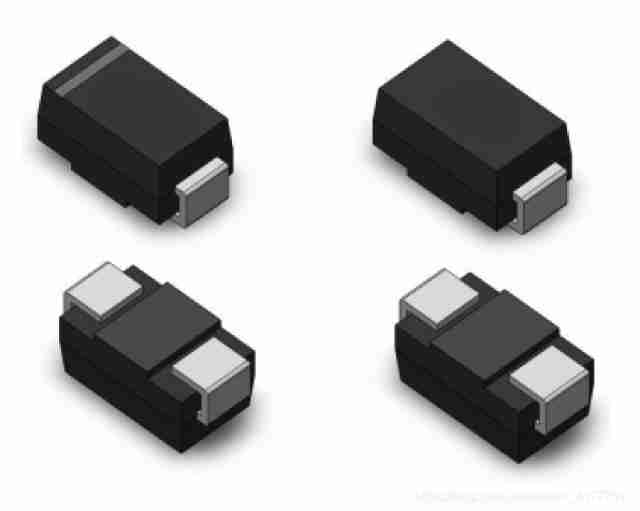
TVS Diodes are made of a single semiconductor process PN Knot or multiple PN Junction integrated device . therefore ,TVS There are unidirectional and bidirectional .
among , A one-way TVS Mainly used in DC power supply circuit , two-way TVS Tubes are mainly used in alternating voltage circuits .
working principle
Just take one way TVS Give an example !, When it is applied to DC circuit , In parallel with the circuit . When the circuit is working properly ,TVS In the status of deadline , It does not affect the operation of the circuit . When abnormal overvoltage occurs in the circuit and reaches TVS At breakdown voltage ,TVS From high resistance state to low resistance state , Discharge the instantaneous over current caused by abnormal overvoltage to ground , At the same time, the abnormal overvoltage is clamped at a low level , And then protect the subsequent circuit from abnormal overvoltage . When the abnormal overvoltage disappears ,TVS The resistance value returns to the high resistance state .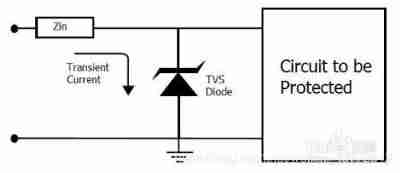
The picture comes from Baidu experience
Xiaobai is writing the first article USB2.0 In circuit design , A few are placed on the final simple schematic diagram TVS diode , Its main purpose is to protect these external interfaces . besides , For example, the earphone hole of the mobile phone ,SIM This kind of... Will be added at the card slot TVS Diode for protection .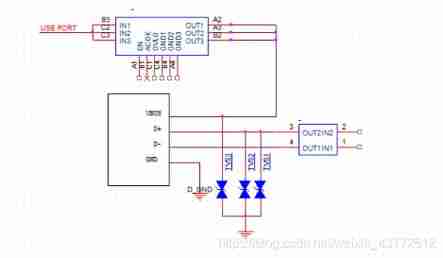
However, different interface pairs TVS The requirements of diodes are also different .
TVS Of datasheet Although many parameters are given , But we have to learn to focus , The following parameters are very important for us .
- Reverse turn-off voltage VRWM
When the circuit works normally ,TVS It doesn't work ,VRWM Express TVS The highest voltage at which the tube cannot be turned on . therefore TVS The reverse turn-off voltage of is greater than or equal to the maximum working voltage of the protected circuit . Only in this way can we guarantee TVS Under the normal operation of the circuit, it will not affect the circuit ,TVS The absorbed current is also negligible . If TVS The reverse turn-off voltage of is less than the maximum working voltage of the protected circuit ,TVS It will absorb a large amount of leakage current and be in the state of avalanche breakdown .
Usually, the reverse turn-off voltage is about VCC Of 1.2 times (VCC Is the highest working voltage of the circuit ); Take my first article USB2.0 For example, , The reverse turn-off voltage is the working voltage that we don't want the data or power line to exceed .USB2.0 The data signal voltage range of is 0-5V, So we hope TVS The reverse turn-off voltage of the diode should at least exceed 5V, To ensure that the data can be transmitted correctly .
Breakdown voltage VBR
stay TVS The voltage limit when the diode begins to conduct a large amount of current to the ground and provide transient protection . Usually
, The breakdown voltage is slightly greater than the reverse turn-off voltage , In order to start transient protection as soon as possible .Clamp voltage
Low voltage seen by the system during high voltage transients . It shall be less than the maximum bearable transient safety voltage of the subsequent protection circuit, i.e V( Clamp voltage )<V(max), among Vmax The highest voltage that the circuit can withstand .Pulse peak current I ppp
When working in reverse , In the specified pulse waveform ( Such as :10/1000μs Double exponential waveform ) Under the condition of , The maximum surge current allowed by the device . When the current exceeds this value , It will be permanently damaged .Pulse peak power PPP
Pulse peak power PPP Refers to pulse peak current IPP With the maximum clamping voltage VC The product of the , namely PPP=IPP×VC. It is TVS The maximum peak power that the tube can withstand . Under the given maximum clamping voltage , Pulse peak power PPP The bigger it is , The greater the bearing capacity of surge current .Junction capacitance
The junction capacitance is TVS The parasitic capacitance of . Under high-speed signal , Pay special attention to . Excessive junction capacitance will affect the quality of the signal . To ensure correct transmission , We need to choose one with lower capacitance TVS diode . The following can be used as a reference . At the same time, a smaller capacitor can also be connected in series
Now let's talk about the protection function .
Suppose we are concerned about the protected USB2.0 Data line application 8KV Of ESD impact , The instantaneous high voltage exceeds TVS The breakdown voltage of the diode and activate it .TVS The diode will then begin to conduct current to the ground , And make it work USB2.0 The transceiver of , So as to reduce the supply to the more sensitive USB2.0 The voltage of the transceiver . When ESD After the event ,USB2.0 The voltage at the connector will return below the breakdown voltage ,TVS The diode will stop conducting current , And resume normal data transmission .

边栏推荐
- Semiconductor devices (III) FET
- 2021-10-28
- UEFI development learning 3 - create UEFI program
- Development tools -- gcc compiler usage
- Network port usage
- C WinForm [change the position of the form after running] - Practical Exercise 4
- WiFi wpa_ Detailed description of supplicant hostpad interface
- The research found that the cross-border e-commerce customer service system has these five functions!
- 生产中影响滑环质量的因素
- Count and sort the occurrence times of specific fields through SQL statements
猜你喜欢
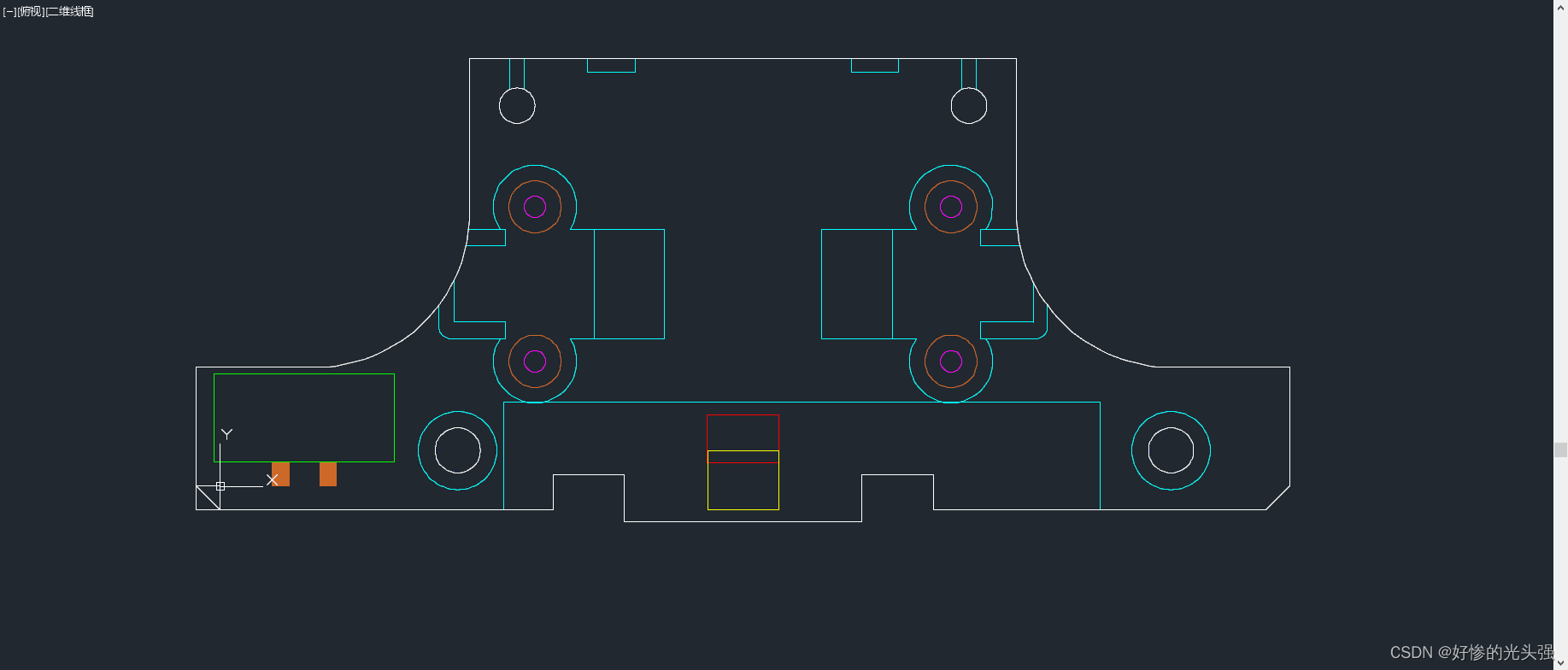
Altium designer 19.1.18 - Import frame
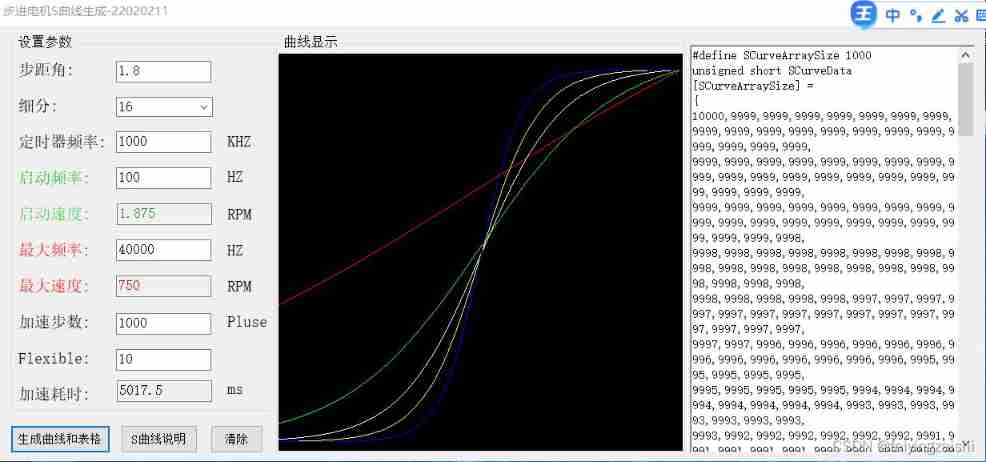
Step motor generates S-curve upper computer
![Measurement fitting based on Halcon learning [i] fuse Hdev routine](/img/91/34c92065e797c87d6ce5ea13903993.jpg)
Measurement fitting based on Halcon learning [i] fuse Hdev routine

C # joint configuration with Halcon
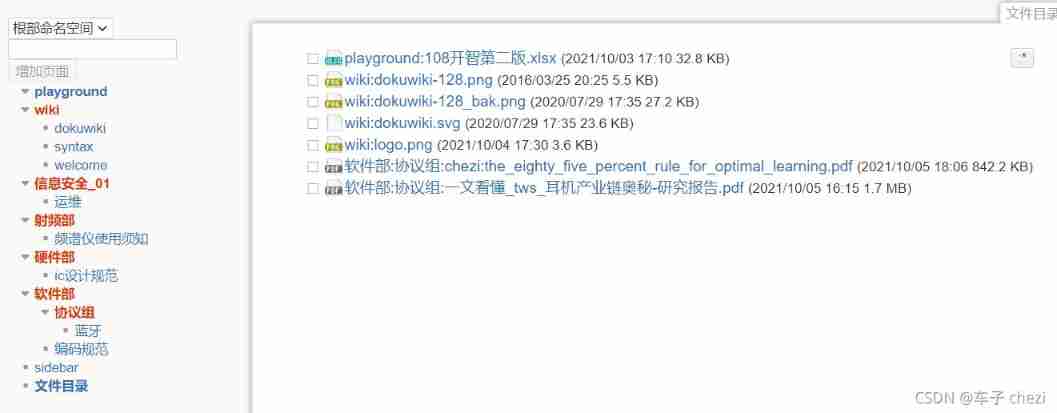
Management and use of DokuWiki (supplementary)

Communication standard -- communication protocol

Arduino uses nrf24l01+ communication
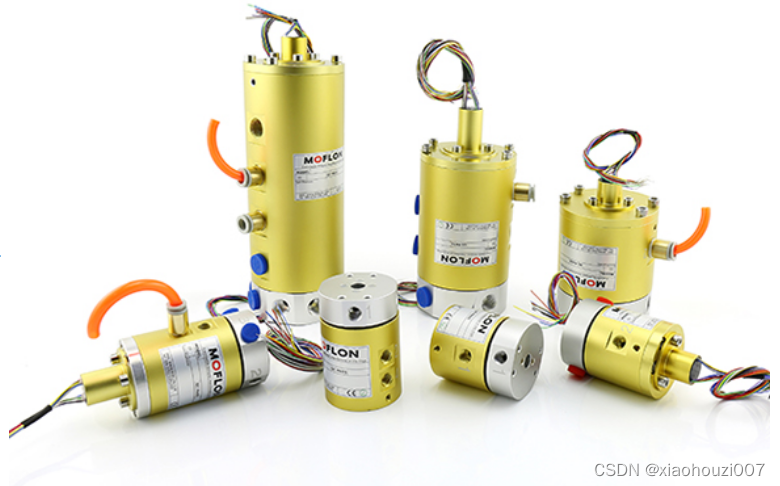
How to select conductive slip ring
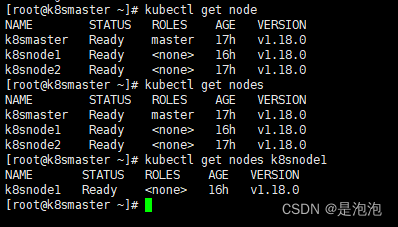
【云原生 | 从零开始学Kubernetes】三、Kubernetes集群管理工具kubectl
![Shape template matching based on Halcon learning [v] find_ cocoa_ packages_ max_ deformation. Hdev routine](/img/a1/d13b37955b044b6be5f1fd10263c5e.jpg)
Shape template matching based on Halcon learning [v] find_ cocoa_ packages_ max_ deformation. Hdev routine
随机推荐
Global and Chinese markets for recycled boilers 2022-2028: Research Report on technology, participants, trends, market size and share
Cadence learning records
The research found that the cross-border e-commerce customer service system has these five functions!
Carrier period, electrical speed, carrier period variation
Makefile application
Factors affecting the quality of slip rings in production
General makefile (I) single C language compilation template
Programming knowledge -- basis of C language
Ble encryption details
L'étude a révélé que le système de service à la clientèle du commerce électronique transfrontalier a ces cinq fonctions!
Live555 push RTSP audio and video stream summary (I) cross compilation
Some thoughts on extracting perspectives from ealfa and Ebeta
A simple method to prove 1/t Fourier transform
C WinForm [help interface - send email] - practice five
The firmware of the connected j-link does not support the following memory access
Process communication mode between different hosts -- socket
C language # and #
Soem EtherCAT source code analysis I (data type definition)
Random function usage notes
C WinForm [view status bar -- statusstrip] - Practice 2